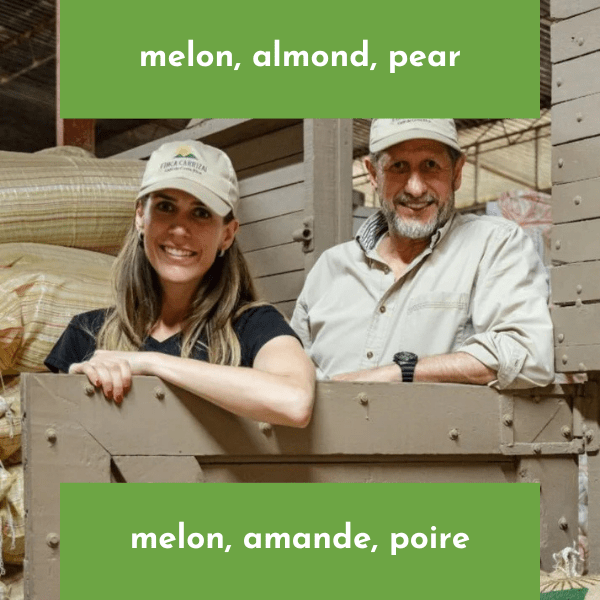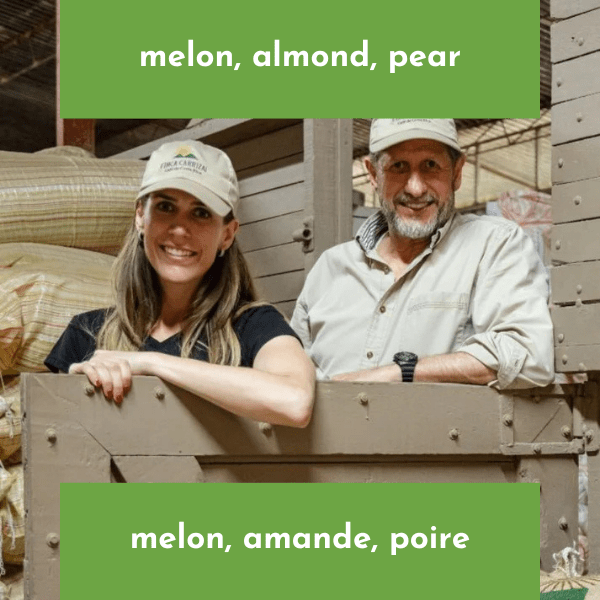Torréfacteur Neon Coffee Roasters
Wholesale Finca Carrizal - Costa Rica - Red Honey Laurina (Low-Caf)
Wholesale Finca Carrizal - Costa Rica - Red Honey Laurina (Low-Caf)
Couldn't load pickup availability
Region: Valle Central
Flavour notes: melon, almond, pear
Variety: Laurina
Altitude: 1500m
Story
Finca Carrizal, a beautiful coffee estate in Costa Rica's Central Valley, is a model of sustainable and innovative coffee production. Situated between the Barva and Poás volcanoes, it enjoys fertile volcanic soils and a favorable climate for specialty coffee cultivation. The farm is bordered by two clear rivers and surrounded by 15% conservation forest, preserving local biodiversity.
Owned by Rodolfo Boillat, a third-generation coffee producer, and his daughter Ariela Boillat, the fourth generation, Finca Carrizal continues a legacy of excellence. They grow a variety of coffee plants, including Caturra, Catuai, Typica, SL28, and Laurina (like this lot). These varieties are processed using washed, honey, and natural methods, with a special focus on honey processes like black and red honey.
We are proud to have purchased the entire lot of Finca Carrizal's Red Honey Laurina. Laurina is a rare, low-caffeine variety of Arabica coffee with origins on Réunion Island, near Madagascar. This coffee contains only ⅓ of the caffeine of regular Arabica, lending it a naturally sweet taste (caffeine has a bitter flavor). Known as Bourbon Pointu for its elongated, pointed shape and origin on the island of Bourbon (modern Réunion), Laurina’s lower caffeine makes it challenging to grow and harvest, enhancing its rarity and appeal.
Transparency
SCA Cup Score: 88.75
Quantity Purchased: 118kg
Free On Board: 8.50 USD/lb
Free On Truck: 9.91 USD/lb
Fermentation: Red Honey
Processing begins with the selective harvesting of ripe coffee cherries, which are then pulped to remove the outer skin while retaining 30% of the mucilage. The cherries are spread on patios and raised drying beds and are carefully monitored and turned periodically to ensure uniform drying over several weeks. As the mucilage dries, it takes on a reddish hue, indicating the sugar content and level of fermentation. Once dried to the desired moisture content, the mucilage is removed, and the beans are sorted and allowed to rest to stabilize moisture and mature the flavors.


